Ukraine against Portugal was a crucial fixture in Group B of the UEFA EURO 2020 qualification phase. Ukraine led by five points going into the game and were looking to all but seal top spot in the group. Portugal were not only looking to up, chasing Ukraine, but also wary of Serbia not too far behind them. They needed to grab a win to sit comfortably in an automatic qualification spot.
This tactical analysis will look at Ukraine’s pivotal 2-1 win over Portugal. The analysis will examine the tactics of both of these teams and how they approached the clash.
Lineups
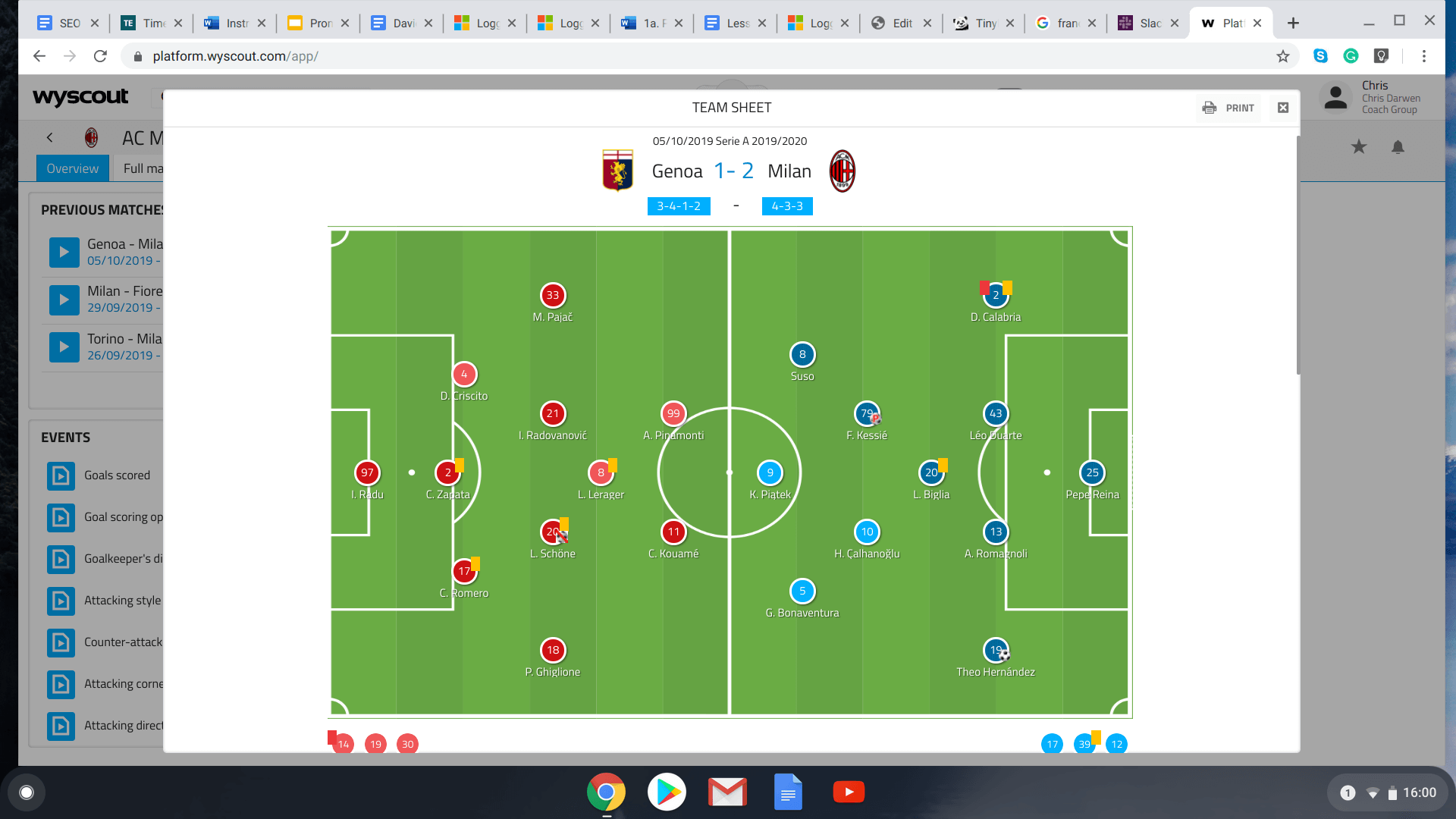
Andriy Shevchenko lined up the hosts in 4-3-3 formation. They had veteran Andriy Pyatov in goal and a four-man defensive line protecting him. This line consisted of Oleksandr Karavaev and Vitalii Mykolenko as the fullbacks with Sergiy Krivtsov and Mykola Matviyenko in the central defence. The midfield had Taras Stepanenko at its base with Ruslan Malinovskiy and Oleksandr Zinchenko at his sides. Up front, they had Marlos as a false nine with Andriy Yarmolenko and Roman Yaremchuk out wide.
Fernando Santos also went with the 4-3-3 when setting up Portugal’s side. Rui Patrício would stand in goal for them. Nélson Semedo, Pepe, Rúben Dias, Raphaël Guerreiro was the four-man backline. Danilo Pereira would have the single-pivot role with João Mário and João Moutinho filling out the midfield three. Bernardo Silva and Gonçalo Guedes would occupy the right and left wings respectively while Cristiano Ronaldo would operate more centrally.
Portugal with the ball
When building up, Portugal would have Guerreiro and Semedo push up the pitch. Danilo, as the single-pivot, would then fall back to assist Pepe and Dias during the build-up. Moutinho and Mário would usually stay advanced of Danilo to offer passing lanes between the lines. Of the two, Mário would most frequently drop deep to get involved in the build-up. Guedes and Silva would stay wide to try to stretch the Ukraine shape. This was possibly to open up the space for runs in behind the Ukraine defence.
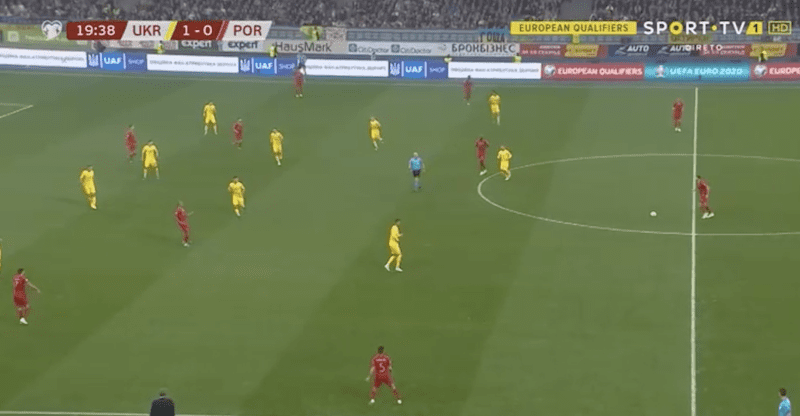
Ukraine would use a high press infrequently and often press to deter possession in the central areas. When not in the deep block, their defensive shape would look like a 4-3-1-2. Marlos would drop back and mark Danilo while Yarmolenko and Yaremchuk would tuck in to put pressure on the Portuguese central defenders.
At times, they were able to force the ball back to Patricio and eventually long balls were played, disrupting Portugal’s build-up. But this fairly narrow shape would play into Portugal’s use of width, which will be detailed in an upcoming section.
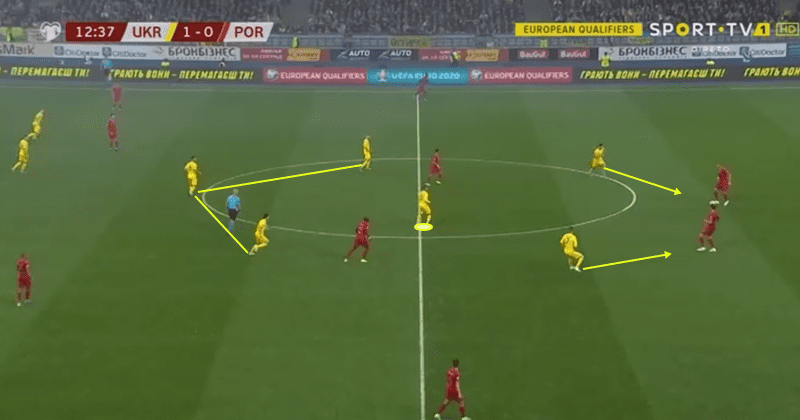
When Ukraine would drop back into a deep block It would be in a 4-5-1 shape. Yarmolenko and Yaremchuk would recover to flank the midfield three leaving Marlos up top. With Ukraine being so conservative, Portuguese players would then find themselves with the time and space to fire long-range shots towards goal.
Ukraine building up
Ukraine would build up with their full-backs, Karavaev and Mykolenko, pushed up high much like Portugal. Stepanenko would drop back to help the centre-backs play out from the back. He would also be joined by one or even both of Malinovskiy and Zinchenko. This helped them circulate the ball near the back but they would need to progress it. The aforementioned balls in behind were one tool and the positioning of Marlos also had a dual purpose. Playing as the false nine, he would vacate the forward areas and roam in between the Portuguese lines.
He would then offer an option for Ukraine to bypass Portugal’s midfield lines with him having the technical qualities to play in tight areas. His positioning also allowed Yaremchuk and Yarmolenko to move centrally and make runs out of the half-spaces. They could either make these runs wide or towards the centre between the fullbacks and centrebacks. These were the sort of runs that brought them success with those balls in behind.
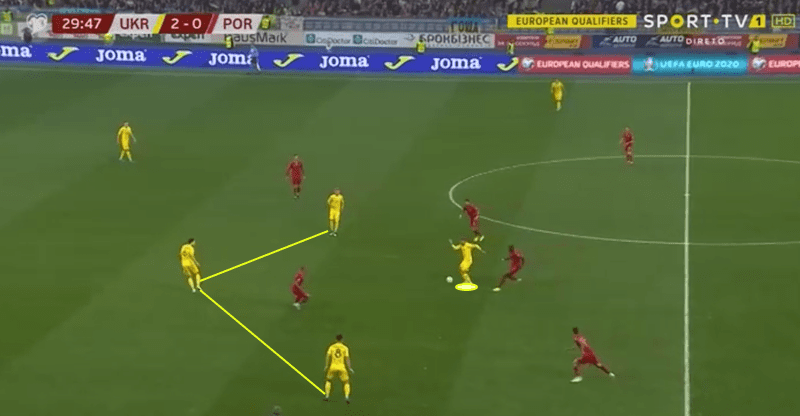
Portugal used an aggressive man-orientated press to force Ukraine into sending the ball long. This was certainly an effective ploy especially considering Ukraine’s willingness to sit without the ball. When they did drop back they also moved to 4-5-1 shape. This midfield five wouldn’t be in a compact line necessarily but would rather man-mark.
Thus they would follow their marking assignments which would put them in a great position to pressure when the press ensued. This did result in gaps appearing in their defensive shape and Ukraine were able to exploit this on occasion.
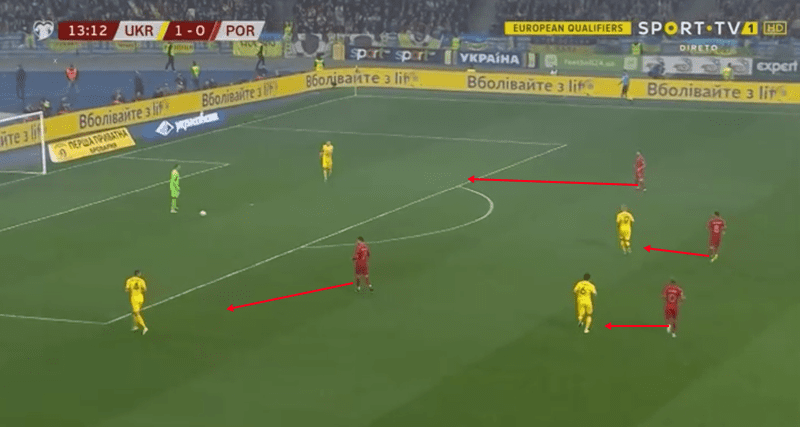
Ukraine attacking
With them sitting so deep for long portions of the game, Ukraine had a few avenues to provide an attacking threat. Set-pieces would’ve been one they would aim to use and this gave them their opening goal. They weren’t able to generate any more chances from set-pieces for the rest of the contest.
Ukraine’s primary threat was the ball in behind the Portugal defence. The visitors employed quite a high line and left space for Ukraine to find runners. These balls were predominantly to the wingers, Yarmolenko and Yaremchuk who would make runs into the wide areas. There they would try to beat their markers and failing that, they could start to circulate possession higher up the pitch. The space in behind didn’t have to be that vast for them to threaten, as their second goal proved.
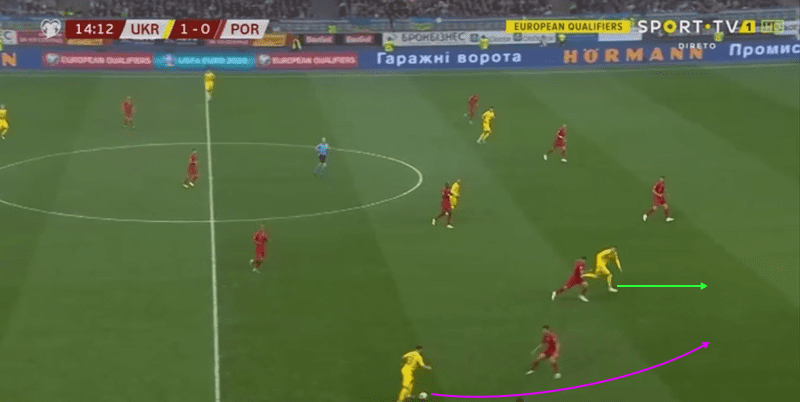
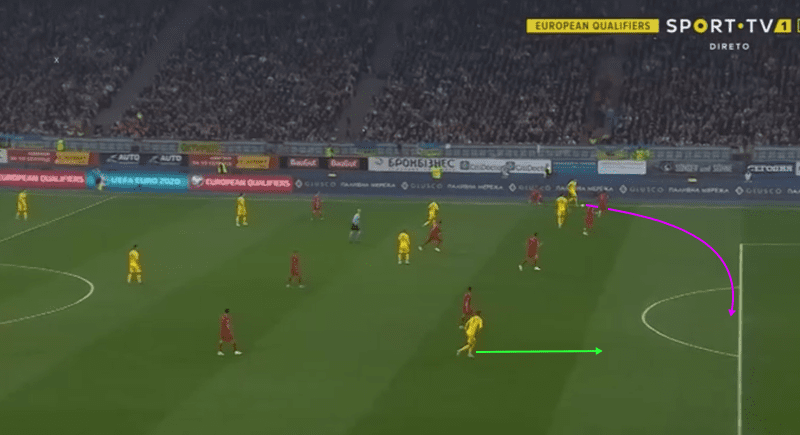
Portugal width
Portugal’s attacking had a significant emphasis on width. They would try to get their wingers or full-backs into one-vs-one situations as often as possible. From here they would look to get past their marker but also look for crosses. The Portuguese put in a whopping 35 crosses but the Ukraine backline, and particularly Krivtsov and Matviyenko, did brilliantly to deal with this threat.
Portugal got their wide players in advantageous positions in a few ways. They would overload one side to draw the Ukraine shape, opening the switch of play to the full-back on the opposite flank. Guedes stuck more to his wing so it was Silva who would drift centrally. This would draw the midfield support that Mykolenko, for example, would get allowing Semedo to get one-vs-one against him. Portugal would also have Guedes and Silva tuck in slightly to open space for the full-backs who would be overlapping. Couple this with support from Mário and Moutinho and this could get the fullbacks isolated against Ukraine’s own fullbacks.
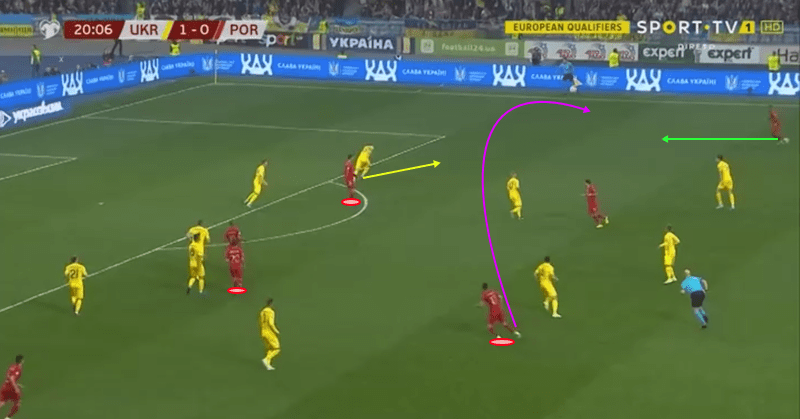
Some changes
Ukraine didn’t stick to this system throughout with the introduction of Yevhen Konoplyanka bringing some change. Konoplyanka came on for Marlos to take on his usual role out wide. He occupied the left and Yaremchuk shifted to centre to act as a more traditional striker. Another change in the system was more enforced as Stepanenko got his second yellow card for giving away a penalty.
Shevchenko brought on Viktor Kovalenko for striker Yaremchuk, indicating a more defensive approach to close out the game. This was especially necessary considering Ronaldo converted the penalty to make it 2-1. This put Ukraine into preservation mode and they moved to a 4-3-2 formation which was essentially a 5-4 as they defended most of the time. The front two, Konoplanka and Yarmolenko, dropped back to defend out wide while Malinovskiy fell into the centre of the backline.
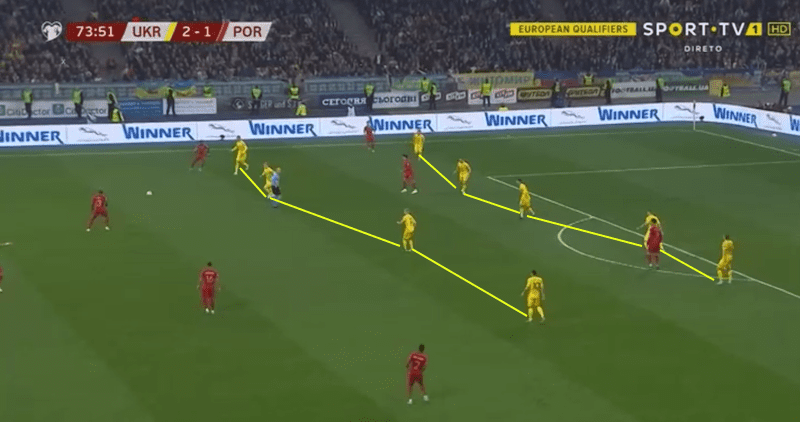
Conclusion
Ukraine pulled off an impressive win that wasn’t all smooth sailing. They did well to handle the barrage of crosses from attacks out wide. The hosts now sit eight points clear and already with one eye to the tournament next year. Portugal, on the other hand, will be disappointed in defeat and needing to bounce back against Lithuania and Luxembourg. Serbia are now only a point behind them with two fixtures left, so it’ll certainly be a tense end to the group.
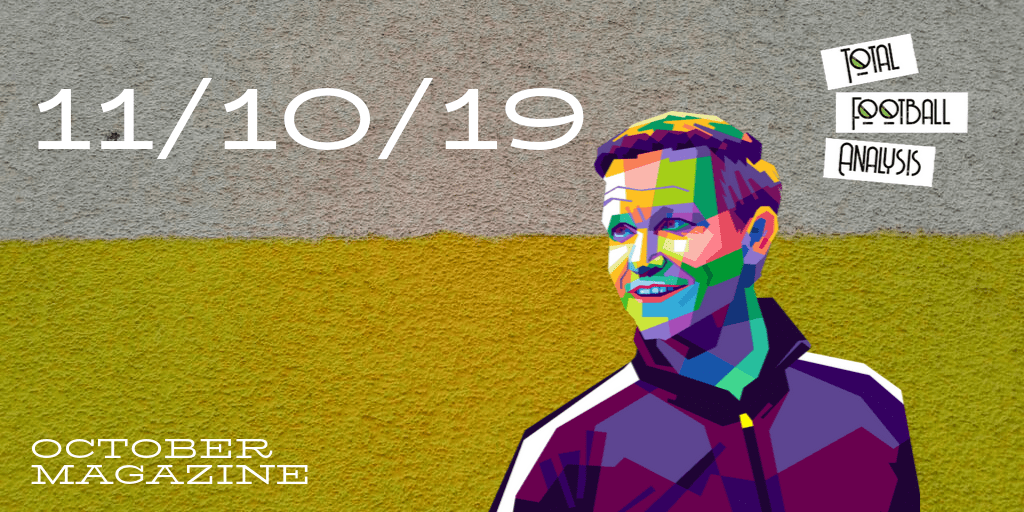
If you love tactical analysis, then you’ll love the digital magazines from totalfootballanalysis.com – a guaranteed 100+ pages of pure tactical analysis covering topics from the Premier League, Serie A, La Liga, Bundesliga and many, many more. Buy your copy of the October issue for just ₤4.99 here

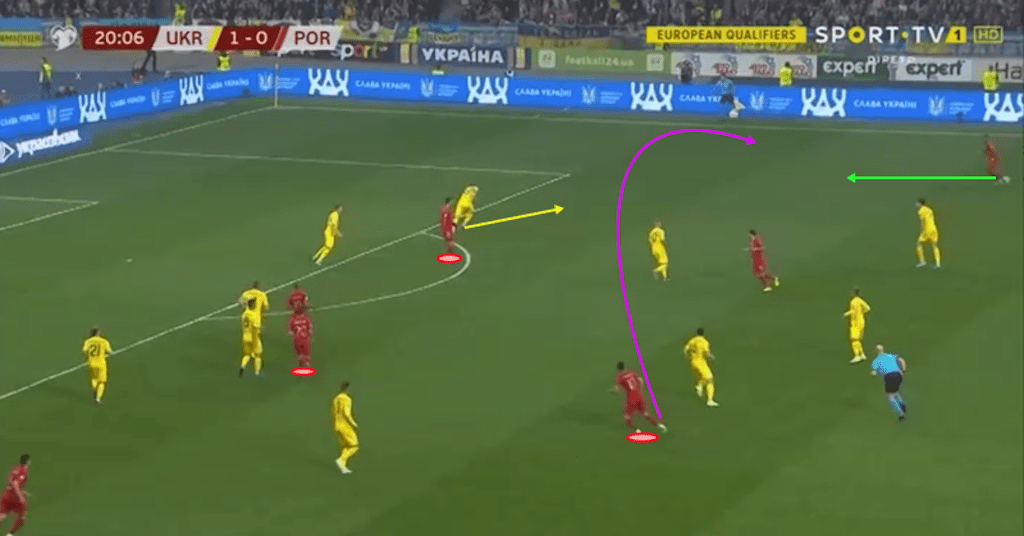




Comments